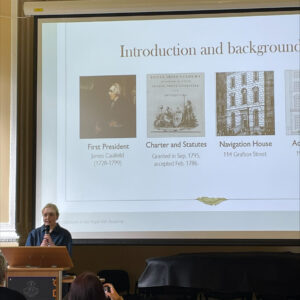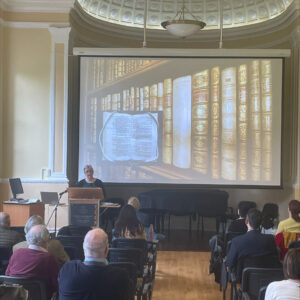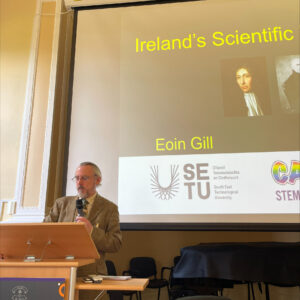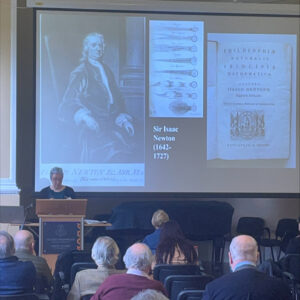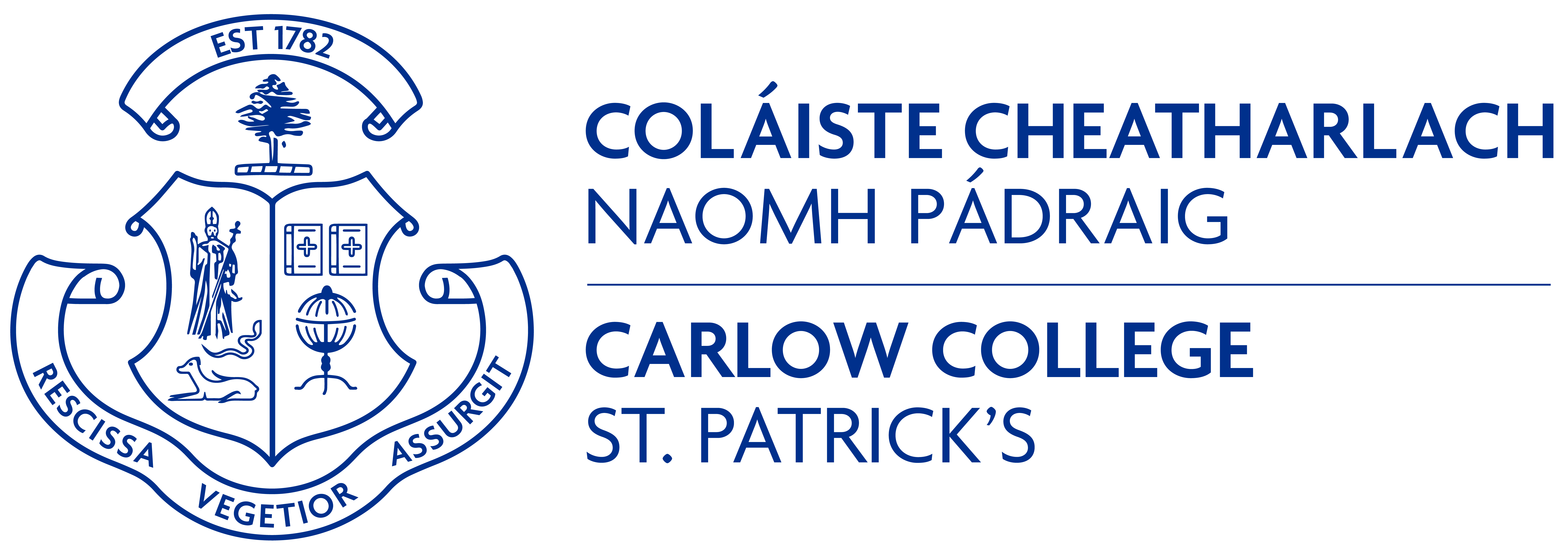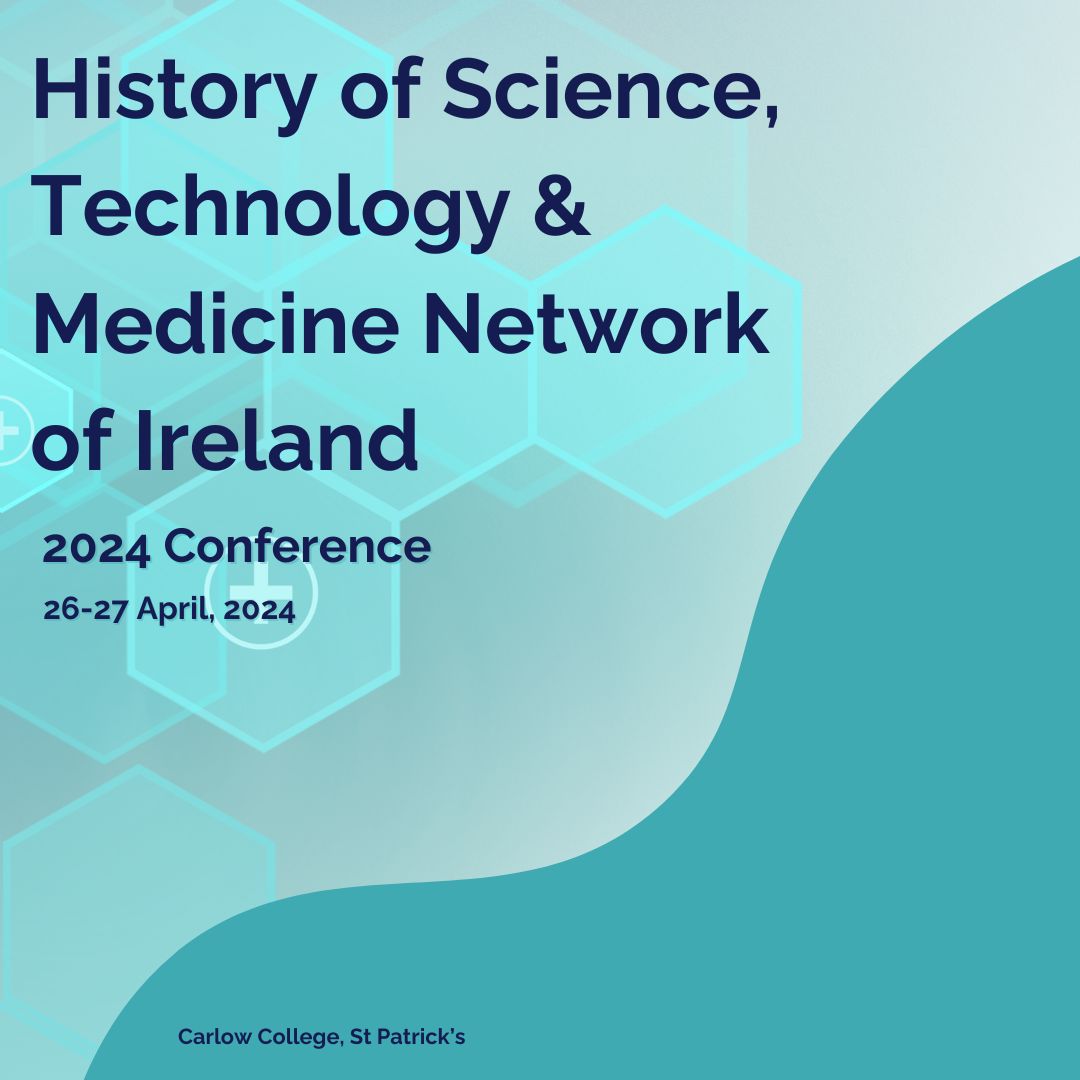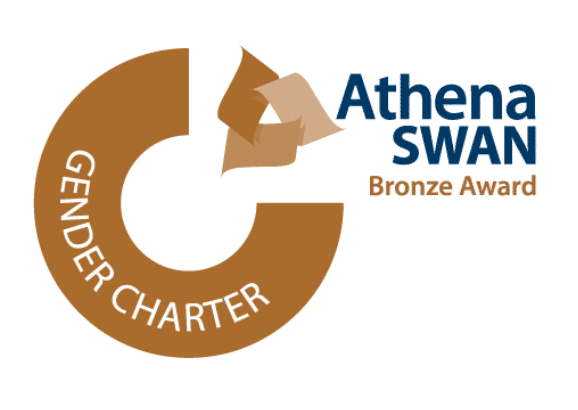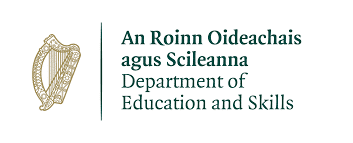Carlow College hosted the History of Science, Technology and Medicine Network’s annual conference on 26 and 27 April. Forty delegates came from the Sorbonne, Marseilles, UCD, DCU, Maynooth University, SETU, NCAD, University of Ulster, University of Galway and QUB.
The HTSM network wanted to emphasis the necessity for resources to carry out historical research effectively, and included talks dedicated to the topic. The conference included several different panels, public talks and Q & A sessions during it’s two day run. There was a panel on the leading Dublin science and medical archives, with Harriet Wheelock, Keeper of the Royal College of Physicians Heritage Centre, speaking about RCPI medical archives; Barbara Anne McCormack, Librarian of the Royal Irish Academy, on the RIA library collections, Dr Elizabethanne Boran, Librarian of the Edward Worth Library, on their collection in Dr Steven’s Hospital, Dr Susan Hemmens. Deputy Director of Marsh’s Library near St Patrick’s Cathedral, on ‘HSTM collections in Marsh’s Library’. Natasha Serne Archivist of the Royal Dublin Society Library spoke about the RDS’s extensive HSTM collections, while Evie Numen Ms Evi Numen, Curator of the Old Anatomy Museum, Trinity College Dublin, spoke about objects and policy in the 19th century TCD anatomy museum, which reopened recently.
One of the key aims of the network is to bring high quality history of science, technology and medicine into the public domain, and to make Irish people more aware of our undoubtedly rich heritage in this field. The conference had a panel discussion on the Public History of STEM, with science communicator and former DCU communications lecturer and journalist Brian Trench, Carlow College’s Dr Ida Milne, a public historian of pandemics, and Eoin Gill, co-director of SETU Calmast. Calmast promotes STEM to schools and the wider community and runs the popular Robert Boyle Summer and Winter School, focusing on science history.
Carlow’s most celebrated scientist, John Tyndall, was centre of focus, with keynote speaker Dr Diarmid Finnegan, Reader in Science and Religion, speaking on the impact of Tyndall’s infamous Belfast address, 150 years ago. He gave us the odd clue to Tyndall’s major contribution to science, with images of blue skies. Dr Juliana Adelman of DCU chaired this session.
Many panels revealed exciting new work. The strong contribution of Ulster University to research in this field manifested in work from Dr Conor Heffernan on interdisciplinary work on the late 20th century obesity epidemic, and from post graduate researcher Hannah Brown on the 1957 Polio Epidemic in Belfast. Hannah is one of a strong cohort of medical history students supervised at UU by leading medical historian Dr Ian Miller. She also co-organised the conference with Ida Milne .Dr Carly Collier gave a riveting talk on typhoid fever in Dublin, part of a major UCD project funded by IRC and AHRC.
A postgraduate student panel had a lot of local connections: chaired by John Kelly, CHAS and MA in Irish Regional History student, CHAS committee member Helen Doyle, Maynooth University, presented her PhD research on committing dangerous lunatics, while SETU’s Adrienne Corless spoke on the professionalisation of midwifery and Julie Crowley on caregiving in Irish military hospitals during and post WWI; both are co-supervised by Carlow College’s Dr Elaine Callinan. Kevin Finnan of DCU was also in this panel, on response of the Irish medical profession to the 1921 Hospitals order.
HSTMI chair and conference co-organiser Dr Ida Milne expressed thanks to Carlow College for providing the venue, catering and other supports. ‘Delegates asked me to convey back to college staff how much they loved the historic buildings and the warm welcome they received,’ she said.

